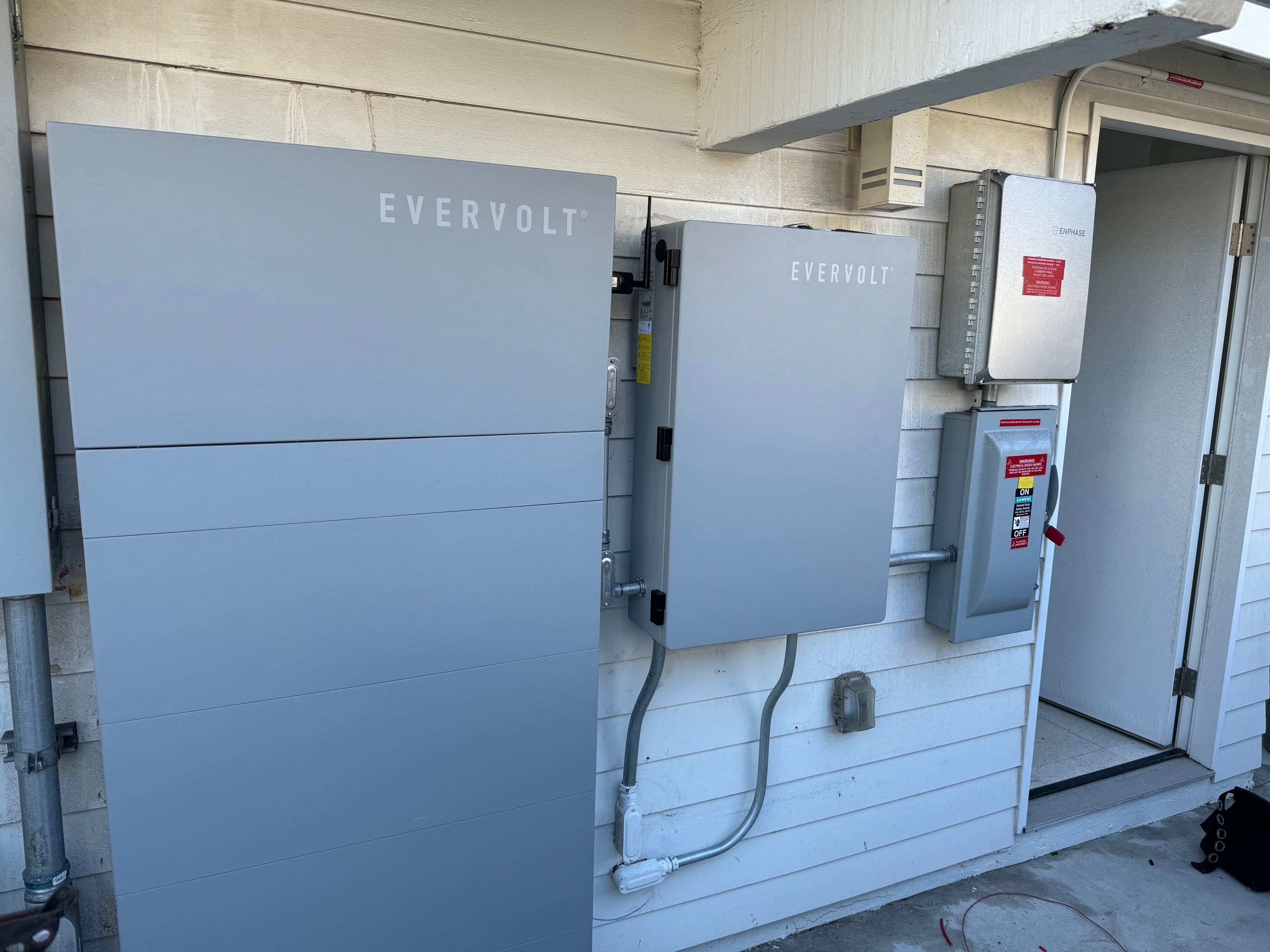One of the best options for homeowners looking to embrace renewable energy is a home battery system. They can help reduce energy bills and help keep your lights and essential appliances on during severe weather or other outage conditions. And, as this article explains, California (and many other areas) offers a rebate for those who purchase and install eligible battery systems, making the upfront cost much more affordable. If you're considering the independence of battery storage for your home, connect with a Panasonic authorized installer to find out which solution is best for you.
Central Coast Community Energy, the public agency that sources competitively priced electricity from clean and renewable energy resources, has announced the launch of its Residential Battery Rebate Program, providing its residential customers rebates for the purchase and installation of an eligible battery energy storage system.
“Our battery storage program will empower individual consumers with more control over their energy costs and provide another way to use more clean renewable energy,” said Chris Cook, Central Coast Community Energy’s Director of Energy Programs, in a press release. “These rebates will help bridge the gap, making battery storage systems accessible to more homes in our community.”
Central Coast Community Energy’s Residential Battery Rebate Program will provide a standard rebate of $300 per kilowatt hour (kWh) of storage capacity. For example, a 13kWh battery will earn Central Coast Community Energy customers $3,900 toward the purchase and installation of a home battery. Additional rebates are also available from the California Public Utility Commission’s SGIP incentive, PG&E, and the Inflation Reduction Act.
To prioritize low-income customers and those with an increased reliance on electricity, CARE, FERA, and Medical Baseline customers will receive a higher rebate of $500 per kilowatt hour, or $6,500 for a 13 kWh battery, according to Central Coast Community Energy. When combined with the other available incentives, the total funding may cover close to 100% of the costs to purchase and install a home battery for Central Coast Community Energy households that are enrolled in utility discount programs.
Initially, the program is anticipated to allow for the deployment of 400 battery systems per fiscal year. The rebates will be available to residential Central Coast Community Energy customers, regardless of whether they have a solar system or not.
Photo courtesy of Panasonic Eco Systems
Electricity rates change throughout the day and when clean renewable energy is abundant during the middle of the day, largely as a result of California’s expansive solar generation, prices are lower, according to Central Coast Community Energy. But when the sun goes down and the demand for electricity goes up during evening hours, prices are higher.
A home that uses battery storage allows the owner to store renewable energy generated during the day when it is most cost effective, then use that stored energy from the battery for power at night, which helps customers manage their energy consumption and lower costs.
The adoption of energy storage technology is crucial to California’s fight against climate change and to meet the state’s ambitious greenhouse gas emissions reduction goals by reducing reliance on fossil-fuels, says Central Coast Community Energy. Additionally, diverting some energy use from the grid during net peak use times will help control energy costs for all Central Coast communities.
California’s climate plan lays the roadmap to 2045 to cut air pollution 71%, slash greenhouse emissions 85%, drop gas consumption 94%, create four million new jobs, and save Californians $200 billion in health costs due to pollution, according to Governor Newsom’s World’s First Plan to Achieve Net Zero Carbon Pollution.
In 2022, California generated nine times as much solar power as it did in 2013, enough to power 5,876,199 typical homes, according to Environment California. That’s a 775% increase in solar generation in just a decade’s time. California not only leads the nation in solar generation, but it also saw the most growth in solar power from 2013–2022 when more than 1.8 million homes had solar panels on their roofs.
In 2022, renewable and non-greenhouse gas (nuclear and large hydroelectric) resources accounted for 54.2% of California’s total system electric generation.
From 2018 to 2024, statewide data for residential, commercial and utility-scale installations of battery storage capacity in California increased from 500 megawatts to more than 10,300 MW, with an additional 3,800 MW planned to come online by the end of 2024, according to the California Energy Commission. About 151,000 residents have an energy storage system.
This article is written by James Herrera from Tribune Content Agency and was legally licensed via the Tribune Content Agency through the DiveMarketplace by Industry Dive. Please direct all licensing questions to legal@industrydive.com.




